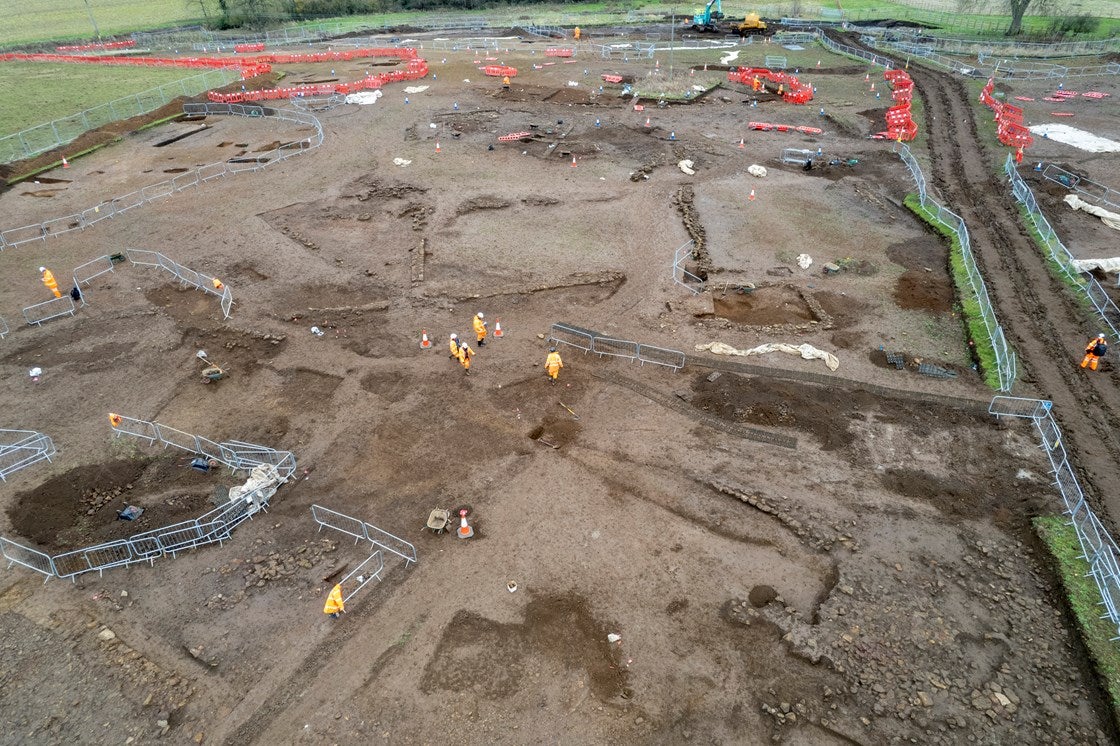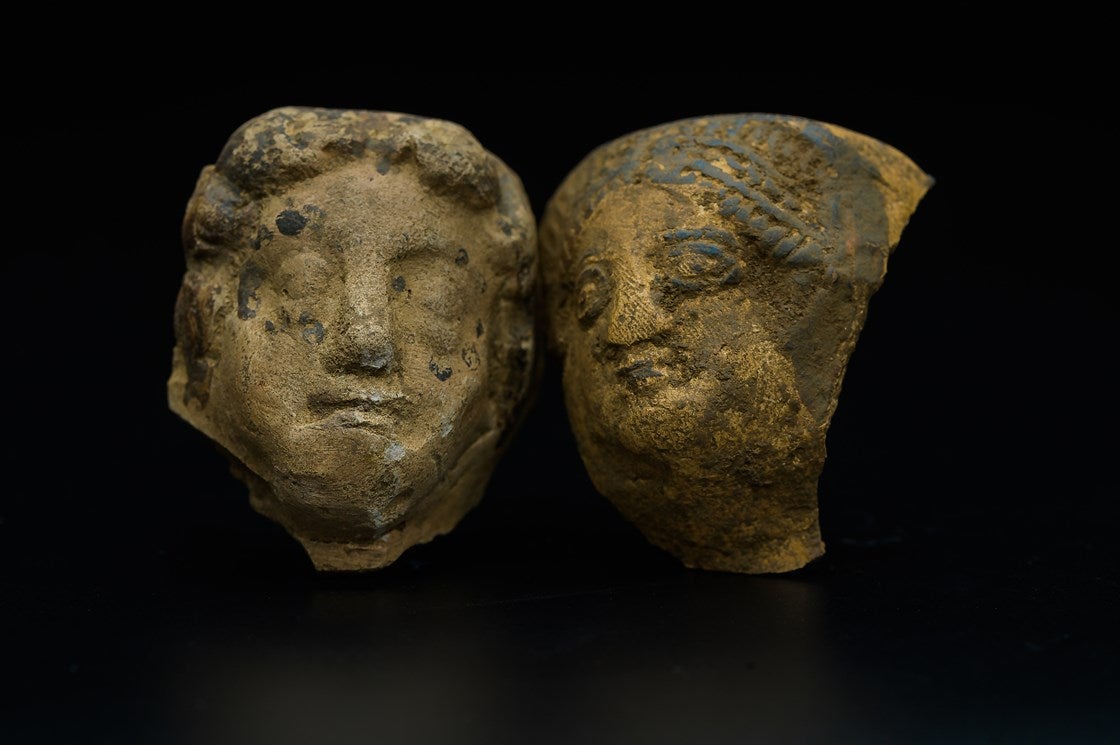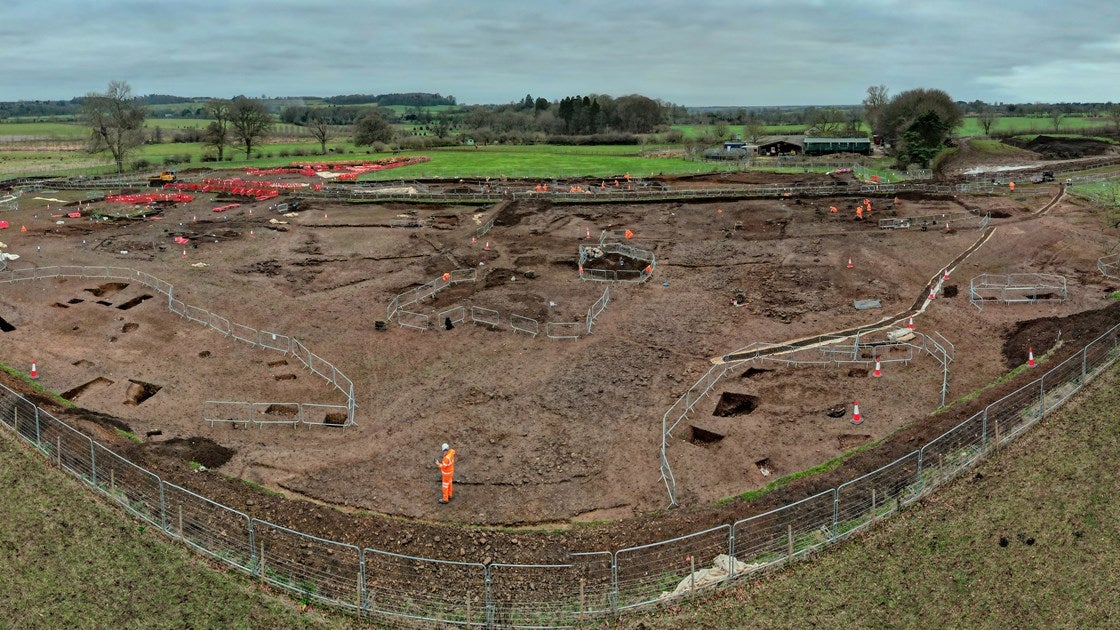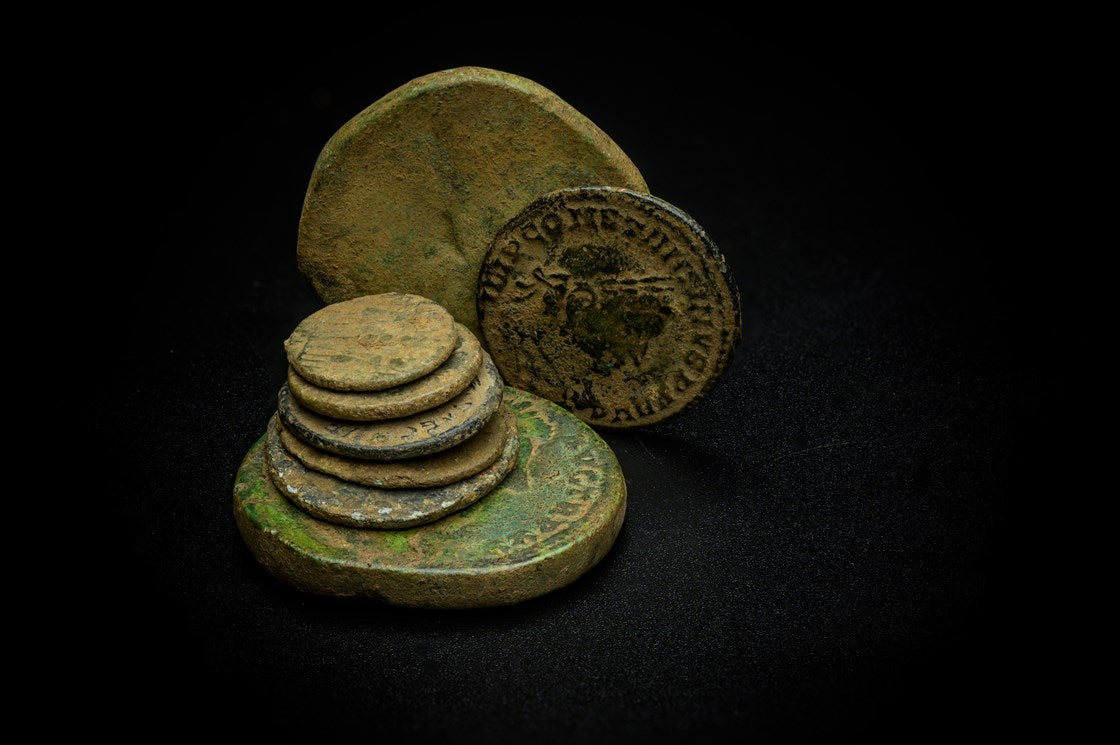‘Significant’ remains of Roman town found in Northamptonshire field
Ancient settlement discovered along HS2 route between London and Birmingham

Your support helps us to tell the story
From reproductive rights to climate change to Big Tech, The Independent is on the ground when the story is developing. Whether it's investigating the financials of Elon Musk's pro-Trump PAC or producing our latest documentary, 'The A Word', which shines a light on the American women fighting for reproductive rights, we know how important it is to parse out the facts from the messaging.
At such a critical moment in US history, we need reporters on the ground. Your donation allows us to keep sending journalists to speak to both sides of the story.
The Independent is trusted by Americans across the entire political spectrum. And unlike many other quality news outlets, we choose not to lock Americans out of our reporting and analysis with paywalls. We believe quality journalism should be available to everyone, paid for by those who can afford it.
Your support makes all the difference.Archaeologists have discovered a wealthy Roman trading town along the HS2 route below the surface of a field in Northamptonshire.
A team of around 80 archaeologists spent 12 months excavating the ancient settlement near the village of Chipping Warden, where they dug up more than 30 roundhouses, a 10-metre wide road, and domestic and industrial buildings.
The field is one of more than 100 examined by archaeologists between London and Birmingham since 2018. Experts believe it was first established in 400 BC and continued to grow in the Roman era in the years 300 to 400 AD.
The site, known as Blackgrounds after the black soil found there, has been called “one of the most impressive” discoveries by experts.

Site manager James West, from MOLA Headland Infrastructure, which has been excavating the site, said: “This is certainly one of the most impressive sites MOLA Headland Infrastructure has discovered whilst working on the HS2 scheme.
“A particular highlight for me has been understanding the emerging story of Blackgrounds, which we now know spans multiple time periods.
“Uncovering such a well-preserved and large Roman road, as well as so many high quality finds, has been extraordinary and tells us so much about the people who lived here.
“The site really does have the potential to transform our understanding of the Roman landscape in the region and beyond.”

During the Roman era, new stone buildings and roads emerged in the town as it developed from an Iron Age village. Experts also believe they discovered signs of domestic and industrial activities – in one part of the site, the earth was bright red, suggesting the area was used for activities involving burning, such as bread-making, foundries for metalwork, or a kiln.
Experts also found key indicators of wealth and commerce in the town as they unearthed more than 300 Roman coins which displayed Constantine the First, some weighing scales and a brooch.

Other discoveries included Roman Samian pottery from Southern Faul in France, glass vessels dating back to the second or third century, and even traces of the mineral galena – a substance that was crushed and mixed with oil to be used as make-up.
Archaeologists also uncovered evidence of workshops and well-preserved wells. Half a set of shackles was also discovered, suggesting criminal activity or slave labour in the area.
Mike Court, lead archaeologist for HS2, added: “The opportunity to carefully examine a site such as Blackgrounds, and map out a long history of the site, brought to life through artefacts, building remains and roads, has enabled us to provide a more in-depth understanding of what life was like in rural south Northamptonshire in the Iron and Roman Age.”
Join our commenting forum
Join thought-provoking conversations, follow other Independent readers and see their replies
Comments